The portraits of the artists in the Uffizi’s collection are back on view after a century: that of the Florence museum is the largest collection of its kind in the world , and from tomorrow it will be on display to the public in an exceptional new exhibit that will give an account of as many as six hundred years of art history told through the portraits of its protagonists. In all, 255 works spread over 12 rooms on the second floor to show self-portraits and portraits of artists, from the 15th century to the 21st century, video artists and cartoonists included.
It was Cardinal Leopoldo de’ Medici in the seventeenth century who started the collection, which has never been interrupted and is still fully operational. It is not only the largest collection (about two thousand works: the one on display, therefore, is but a small part) but also the oldest and most important.
The rooms of the new display, on the second floor of the Gallery, are bright pink, an allusion to Cardinal Leopold’s robe (his statue, by the great Baroque sculptor Giovanni Battista Foggini, greets visitors in the first room), and are organized chronologically from the oldest earliest portrait, the 15th-century one by painters Gaddo, Agnolo and Taddeo Gaddi, to the last room, where we find Antony Gormley’s cast-iron sculpture, Michelangelo Pistoletto ’s self-portrait on mirror, and the one made of plastic bricks by Ai Weiwei. The itinerary is meant to be an opportunity to meet a large number of protagonists of art history: among them Andrea del Sarto, Federico Barocci, Luca Giordano, Rubens, Rembrandt, the great Neapolitans De Mura and Solimena, but also Francesco Hayez, Eugène Delacroix, Arnold Böcklin, Giuseppe Pellizza da Volpedo, Elisabeth Chaplin, Adolfo Wildt, and Marino Marini. To each century, to each region corresponds an attitude: the more intimate Italians, the Northerners proud of their craft and social status, the French drowned in lace and big wigs, the women painters committed to claiming their talent without renouncing the elegances of fashion. Alongside Antonio Canova is the first self-portrait of a sculptress, Anne Seymour Damer, who in 1778 even signed her own effigy in Greek characters to assert a culture normally precluded to the female universe. Video artist Bill Viola is present with an aquatic installation that immortalizes him immersed in the waves, just as Fabrizio Plessi’s concentrated face emerges from the water. Also on display, for the first time, is the self-portrait of a street artist, London-based Endless, who depicts himself with the duo Gilbert & George.
After more than a century, the artists’ self-portraits are thus exhibited for the first time within the Uffizi’s normal visiting itinerary. From 1973 to 2016, part of them had been installed in the Vasari Corridor, where they were, however, visible only within the restricted and occasional visits allowed in this space, which moreover lacked air conditioning.
Many works have undergone major conservation work and can now be admired at their best (of note, among others, are Rubens’ splendid self-portrait, just restored by the Opificio delle Pietre Dure, and Rembrandt’s, funded by American donor Diana Bell). Many were not in the Vasari Corridor, but were taken from the museum’s storerooms, where they were previously the preserve of a few scholars. To give prominence to the many faces of this immense collection, the Uffizi will observe the principle of exhibition rotation, particularly with regard to living artists, but not only. Similar criteria-but in this case also linked to essential conservation needs-will apply to all graphic works, displayed in an enclave of two magnificent rooms decorated in the 19th century by Luigi Ademollo.
In the new layout, the self-portraits are presented with a novel narrative, in which the chronological narrative is enlivened by thematic and figurative digressions: artists are met with their families, or while showing their work, while leaning out of a window, or with the author’s face on an easel. The more classical portrait setting (with only the author’s face) can be seen especially in the oldest paintings, gathered around the large statue of Cardinal Leopold de’ Medici; but along the way many surprises await the visitor: depictions of artists engaged in their studios, many self-portraits of Nordic artists, hitherto kept in storage but which constituted the passion of Grand Duke Cosimo III, as well as a series of discoveries and new acquisitions: in the last few months alone, the sublime Self-portrait by Jan Soens supported by his two infant sons and that of John Francis Rigaud with his wife and young children, a very recent gift from the Friends of the Uffizi Galleries (the American branch of the Friends of the Uffizi) that arrived just a few days ago, have joined the collection, as have the large, ironic self-portrait by the Polish artist Thaddeus Kunze (1786) and that of theChinese artist Pan Yuliang, celebrated in her homeland, executed by her master Umberto Coromaldi (1927) when the painter was specializing in Rome.
Another novelty, and a unique case among major international museums, is a section temporarily dedicated to comic book artists: thanks to the Ministry of Culture’s “Comics in Museums” project and the collaboration launched in 2021 between Gallerie and Lucca Comics & Games, today the Uffizi can offer for public viewing, in two rooms frescoed in the 19th century by Luigi Ademollo, the self-portraits of 54 Italian masters, including Milo Manara, Lorenzo Mattotti and Altan, and that of the noble father of U.S. comics, Will Eisner. The two rooms devoted to works on paper will also display, in rotation, photographs, ancient and modern drawings, engravings, and new acquisitions of works on paper, which due to the material’s sensitivity to light can only be exhibited for a few months of the year.
Finally, the Uffizi offers the public one more surprise: on the occasion, an additional new room, dedicated to 16th-century Lombard painting, is also being inaugurated. Gray in color, like the other adjacent ones dedicated to painting of the period, it houses 11 paintings, including the majestic St. Paul by Giovanni Pietro Gnocchi and Pellegrino Tibaldi recently acquired by the museum; Leda and the Swan by Francesco Melzi, a pupil of Leonardo; the splendid and haughty Portrait of the Knight Pietro Secco Suardo by Giovanni Battista Moroni; and the large Madonna and Child between St. Martha and St. Mary Magdalene by Girolamo Figino.
“We are grateful to the Pritzker family, generous patrons, whose donation of 1.5 million euros made possible the restoration of many works and the new exhibition design,” says Eike Schmidt, director of the Uffizi. “It precedes, among other things, the publication of the catalog on the collection, the first two volumes of which will be released within the year. On this occasion, the works have been studied by leading experts around the world, who for many paintings have proposed new attributions and, as far as the seventeenth century is concerned, also many denials: in fact, Cardinal Leopold’s agents were often duped by swindlers who passed them off as self-portraits paintings that were instead copies, or even forgeries packaged for the occasion. But this guarantees an even more careful selection, which allows the visitor to understand the collection’s strongly international vocation, in every century and thanks to the interest of all the patrons. For not only does the personality of the artists emerge from these self-portraits, from the most compassed to the most prankster, from the loner to the (rarer) one who shows himself in company, or intent on his own work, but also the taste of each era and even gimmicks that recur over the centuries: we discover that the psychological introspection of the twentieth century was already well present in the sixteenth century; that the self-portrait seen from behind by the Austrian Johannes Gumpp (1646) anticipates that on both sides of Nano Campeggi’s canvas, executed shortly after 2000; that each century corresponds to a code in portraying oneself in the family; that pride in one’s work can be manifested by displaying the tools of the trade or a precious necklace and sumptuous dress, but also by showing a painting or portrait of a patron along with that of the painter. But above all, the new display in the rooms on the second floor, where artists and craftsmen historically worked, brings to life the many protagonists of that same art that can be admired in the halls of the Uffizi and Palazzo Pitti.”
 Uffizi, the
Uffizi, the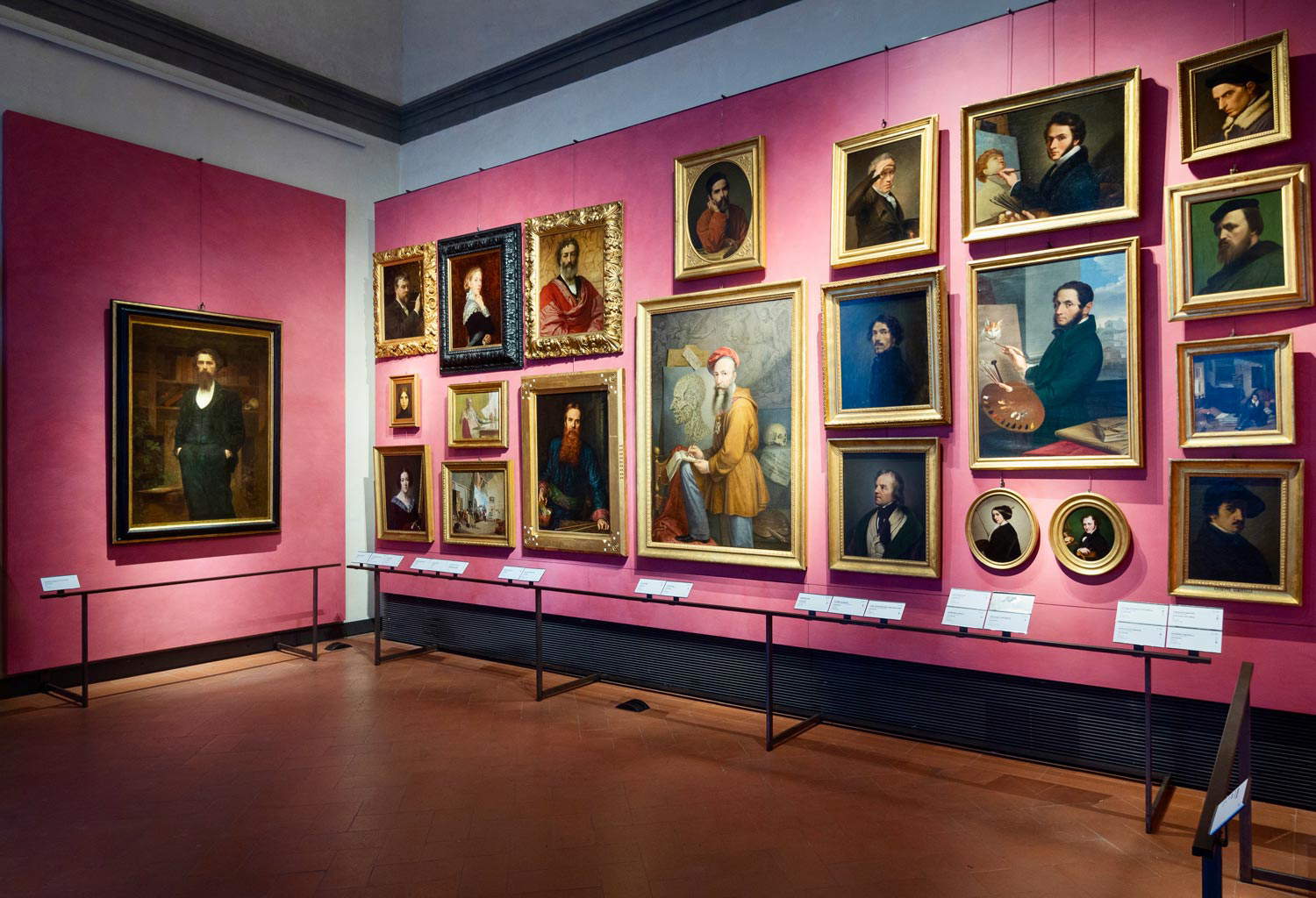 Uffizi, the halls of
Uffizi, the halls of Uffizi, the halls of artists’
Uffizi, the halls of artists’

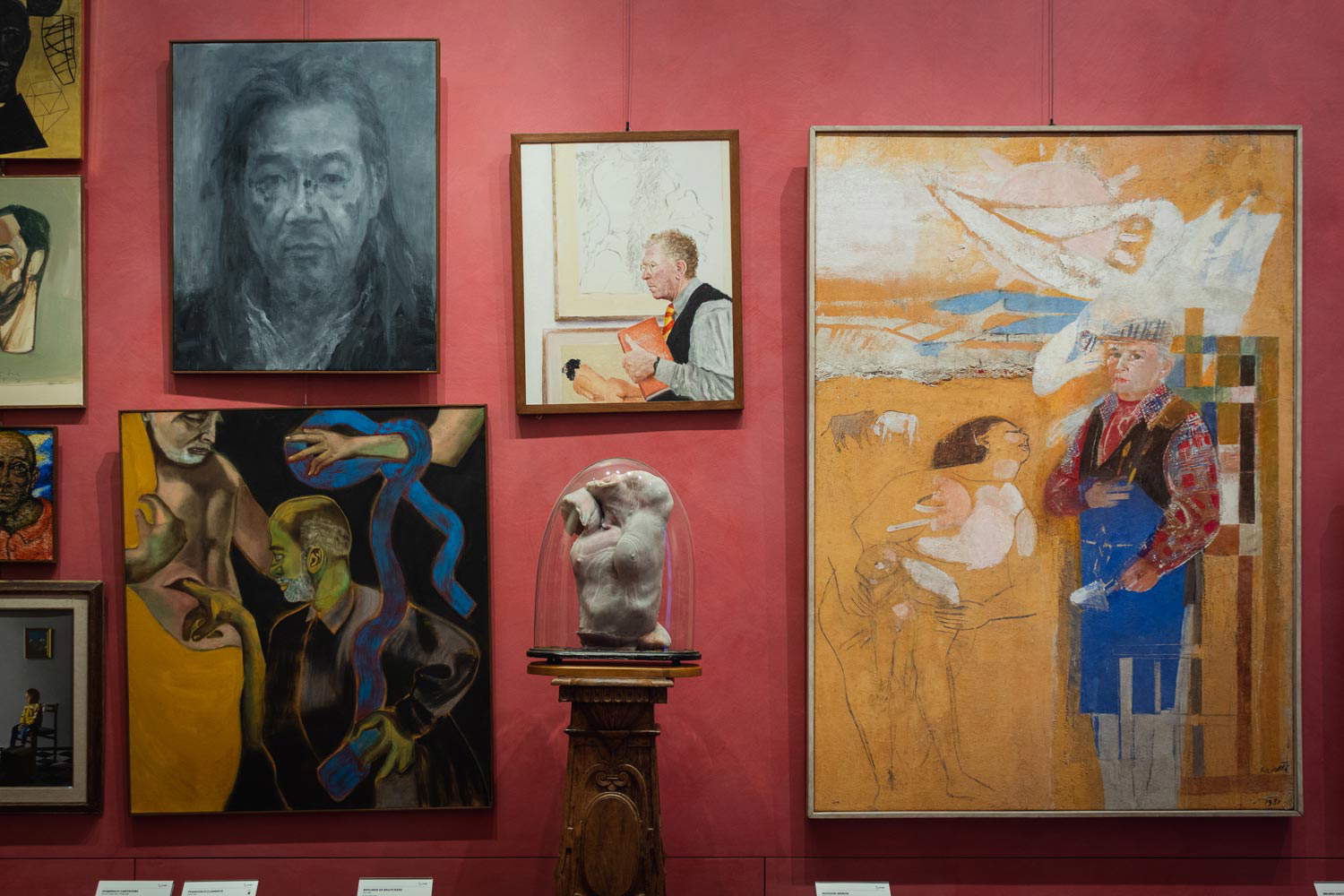

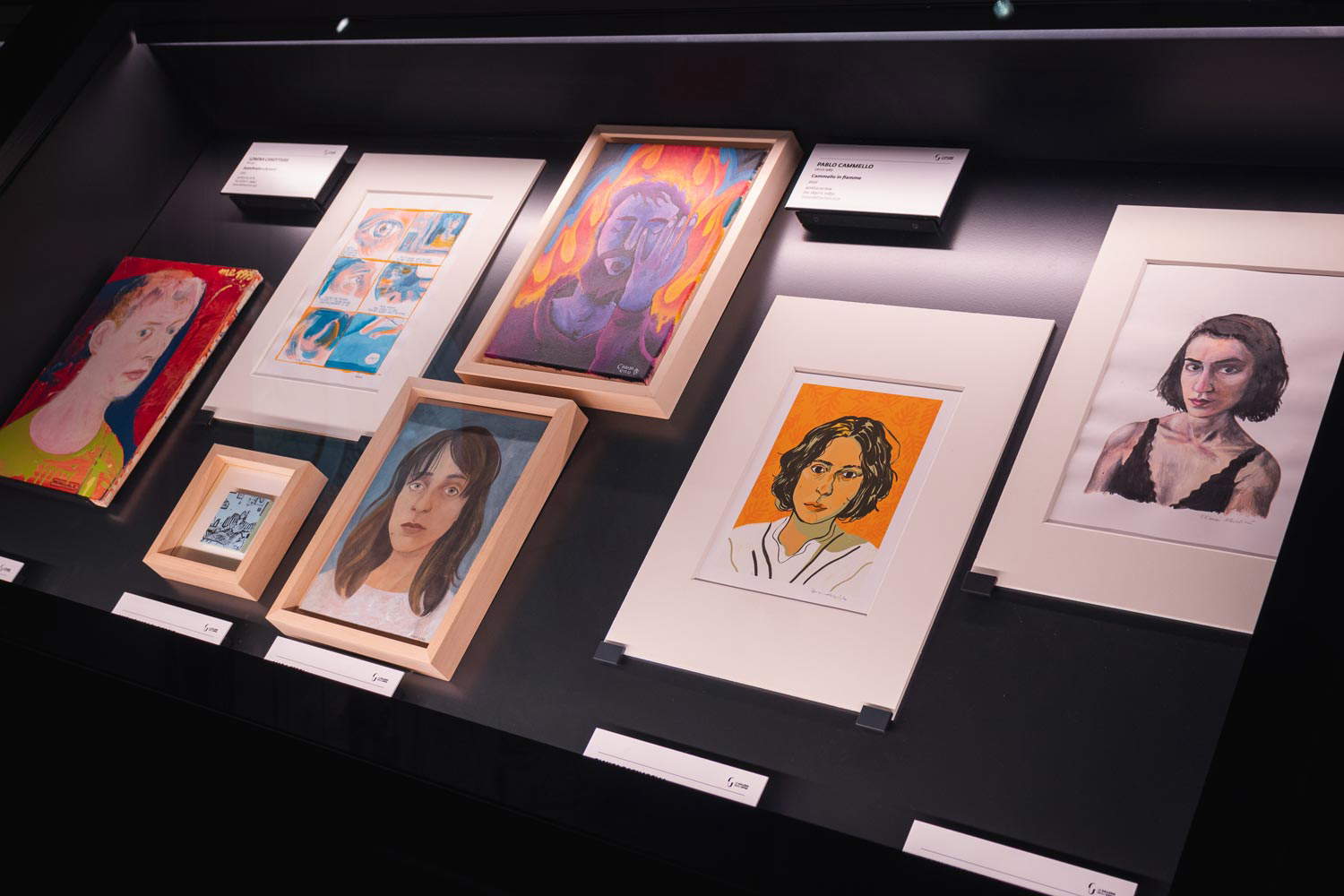





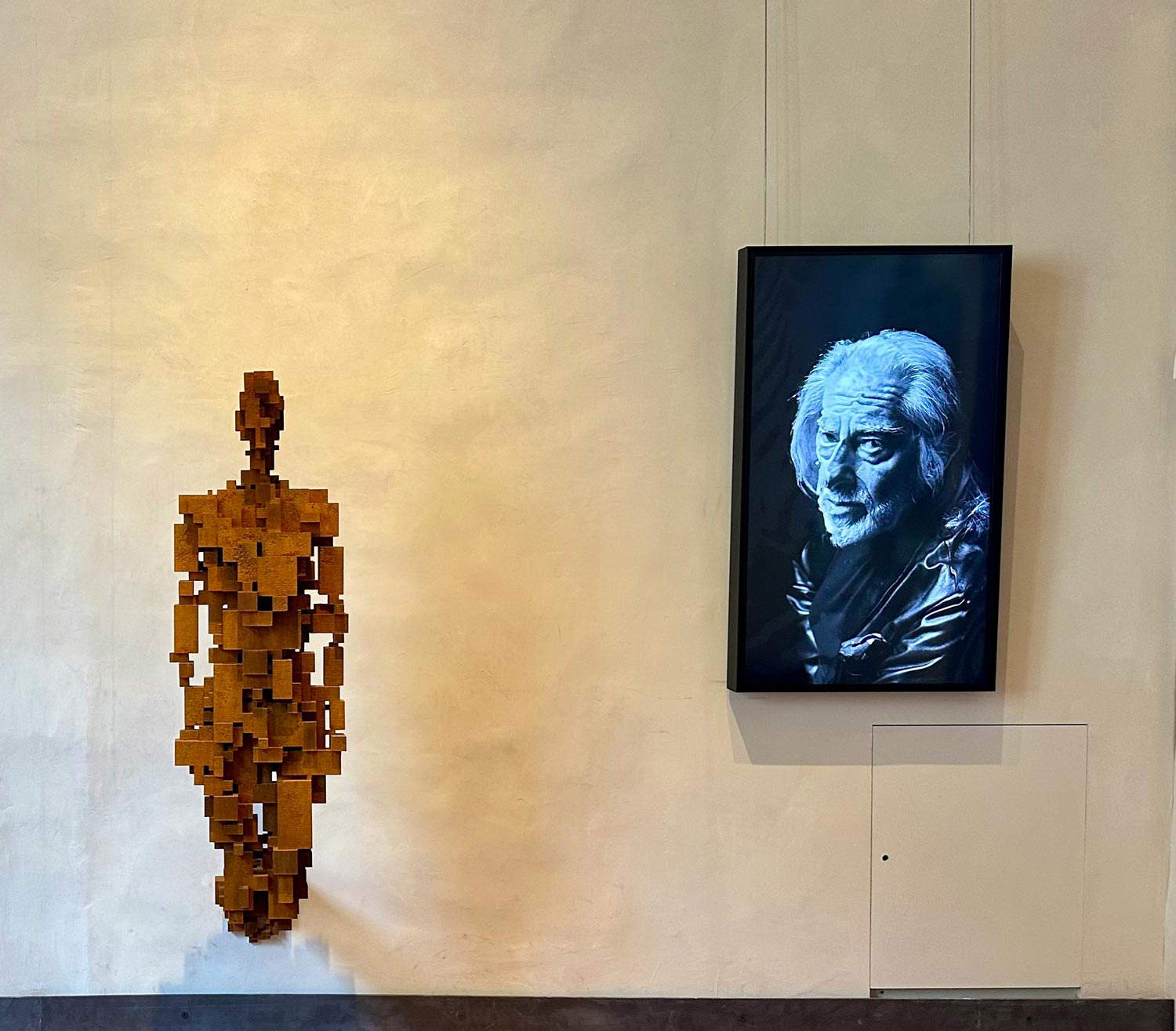
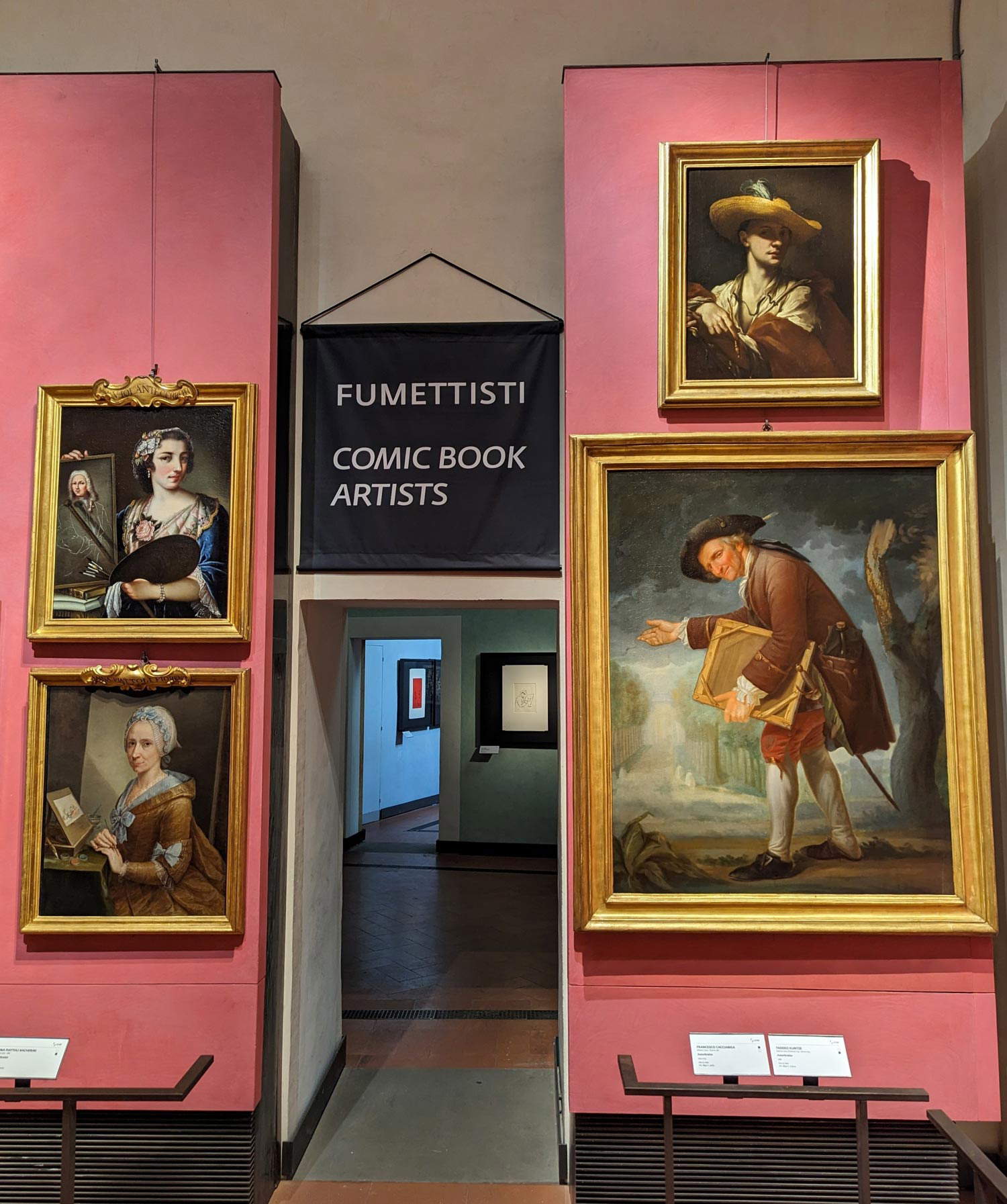

 |
| At the Uffizi after a century, here are the artists' portraits: new layout, 255 works, 12 rooms |
Warning: the translation into English of the original Italian article was created using automatic tools. We undertake to review all articles, but we do not guarantee the total absence of inaccuracies in the translation due to the program. You can find the original by clicking on the ITA button. If you find any mistake,please contact us.